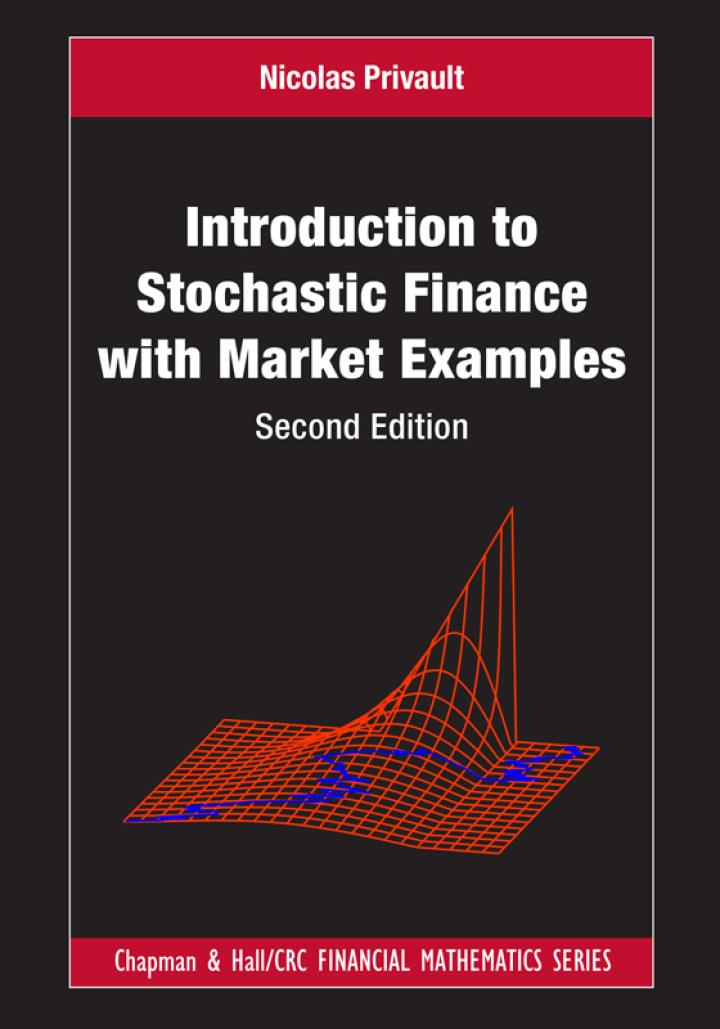Consider a one-step interest rate model, in which the short-term interest rate (r_{0}) on ([0,1]) can turn
Question:
Consider a one-step interest rate model, in which the short-term interest rate \(r_{0}\) on \([0,1]\) can turn into two possible values \(r_{1}^{u}=r_{0} \mathrm{e}^{\mu \Delta t+\sigma \sqrt{\Delta t}}\) and \(r_{1}^{d}=r_{0} \mathrm{e}^{\mu \Delta t-\sigma \sqrt{\Delta t}}\) on the time interval \([1,2]\) with equal probabilities \(1 / 2\) at time \(\Delta t=1\) year and volatility \(\sigma=22 \%\) per year, and a zerocoupon bonds with prices \(P(0,1)\) and \(P(0,2)\) at time \(t=0\).
a) Write down the value of \(P(1,2)\) using \(r_{1}^{u}\) and \(r_{1}^{d}\).
b) Write down the value of \(P(0,2)\) using \(r_{1}^{u}, r_{1}^{d}\) and \(r_{0}\).
c) Estimate the value of \(r_{0}\) from the market price \(P(0,1)=91.74\).
d) Estimate the values of \(r_{1}^{u}\) and \(r_{1}^{d}\) from the market price \(P(0,2)=83.40\).
Step by Step Answer:

Introduction To Stochastic Finance With Market Examples
ISBN: 9781032288277
2nd Edition
Authors: Nicolas Privault





